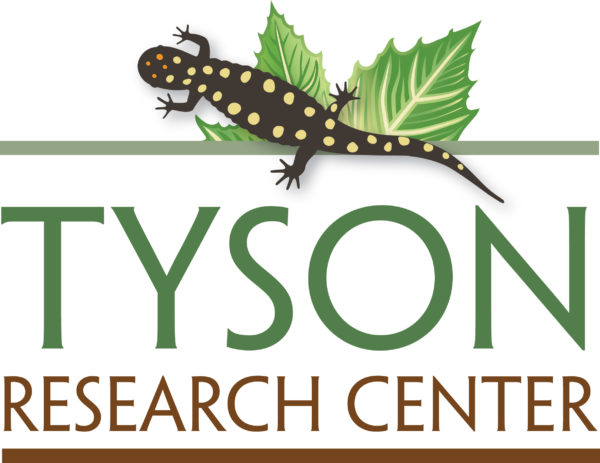Integrating Species Traits into Species Pools:
A Multi-Scale Framework for Community Assembly and Reassembly
How does the functional diversity of regional species pools influence
community assembly and biodiversity responses to environmental change?
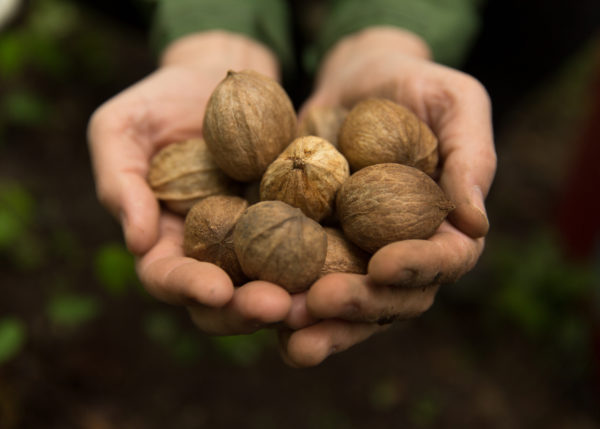

A key challenge in biogeography, ecology, and conservation is to explain why biodiversity often differs among sites with similar environmental conditions. Historical explanations for these patterns have focused on how the taxonomic diversity of regional species pools, such as the number of species in a region, influences local biodiversity. More recently, there has been an explosion of interest in understanding how the functional traits of co-occurring species influences community assembly and species coexistence. However, trait-based approaches in community ecology have yet to be fully integrated with the regional species-pool concept to understand community assembly and biodiversity responses to environmental change.
In collaboration with Marko Spasojevic, we are exploring why the functional diversity of species pools influences the relative importance of community-assembly processes and patterns of biodiversity across disturbed and undisturbed landscapes. This NSF-funded project features a landscape-scale field experiment in Ozark forest-plant communities. Our Species-Pool, Fire & Diversity (“SPFD”) Experiment combines manipulations of seed dispersal from experimental species pools that differ in the functional diversity of seed and seedling traits, disturbance (fire), and natural enemies (seed predators & herbivores) to investigate how species-pool functional diversity influences spatial patterns of biodiversity (e.g., beta-diversity), community-assembly processes, and long-term restoration of plant communities with prescribed fire.
Images: Shellbark Hickory (Carya laciniosa) Seeds & Prescribed Fire in Oak-Hickory Forest at Tyson Research Center, Missouri (Photos: J. Myers)
Related Publications
Current and former members of our research group in bold. **Undergraduate student
*Spasojevic, Marko J., Christopher P. Catano, Joseph A. LaManna & Jonathan A. Myers. 2018. Integrating species traits into species pools. Ecology 99: 1265-1276. Abstract PDF Supporting Information (Metadata & R code) *Concepts & Synthesis Paper
*Myers, Jonathan A. & Kyle E. Harms. 2009. Seed arrival, ecological filters, and plant species richness: A meta-analysis. Ecology Letters 12: 1250-1260. Abstract PDF Supporting Material *Review & Synthesis Paper
Catano, Christopher P., Timothy L. Dickson & Jonathan A. Myers. 2017. Dispersal and neutral sampling mediate contingent effects of disturbance on plant beta-diversity: A meta-analysis. Ecology Letters 20: 347-356. Abstract PDF Supporting Information Cover Article
Lessard Jean-Philippe, Jonathan Belmaker, Jonathan A. Myers, Jonathan M. Chase & Carsten Rahbek. 2012. Inferring local ecological processes amid species pool influences. Trends in Ecology and Evolution 27: 600-607. Abstract PDF Cover Article
Myers, Jonathan A., Jonathan M. Chase, Raelene M. Crandall & Iván Jiménez. 2015. Disturbance alters beta-diversity but not the relative importance of community assembly mechanisms. Journal of Ecology 103: 1291-1299. Abstract PDF Data Cover Article
*Myers, Jonathan A. & Joseph A. LaManna. 2016. The promise and pitfalls of beta-diversity in ecology and conservation. Journal of Vegetation Science 27: 1081-1083. Abstract PDF *Invited Commentary Paper
Spasojevic, Marko J., **Elizabeth A. Yablon, Brad Oberle & Jonathan A. Myers. 2014. Ontogenetic trait variation influences tree community assembly across environmental gradients. Ecosphere 5: article 129. Abstract PDF
Spasojevic, Marko J., Benjamin L. Turner & Jonathan A. Myers. 2016. When does intraspecific trait variation contribute to functional beta-diversity? Journal of Ecology 104: 487-496. Abstract PDF
Spasojevic, Marko J., **Katherine Harline, Claudia Stein, Scott A. Mangan & Jonathan A. Myers. 2019. Landscape context mediates the relationship between plant functional traits and decomposition. Plant and Soil 438: 377-391. Abstract PDF
Oberle, Brad, Marissa Lee, Jonathan A. Myers, Oyomoare Osazuwa-Peters, Marko J. Spasojevic, Maranda L. Walton, Darcy F. Young, & Amy E. Zanne. 2019. Accurate forest projections require long-term wood decay experiments because plant trait effects change through time. Global Change Biology (In Press). Abstract PDF
Study Site
The Species-Pool, Fire & Diversity (“SPFD”) Experiment is a landscape-scale field experiment at Tyson Research Center, Washington University’s field station in the Missouri Ozarks. The SPFD Experiment consists of 16 square 2.5-ha sites (160 × 160 m), half of which are burned with prescribed fires. Within the central 1.4-ha area of each site (120 × 120 m), all stems of woody plant species >1 cm at diameter breast height are identified, tagged, mapped, and measured following Smithsonian Forest Global Earth Observatory (ForestGEO) protocols, providing unique opportunities to compare patterns and mechanisms of forest diversity and dynamics between the SPFD Experiment and Tyson Research Center Forest Dynamics Plot.
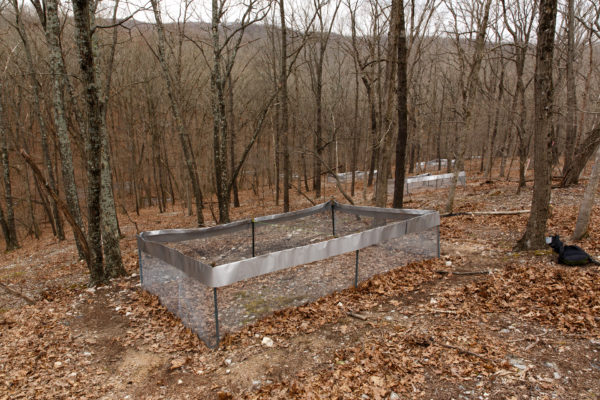
Small-Mammal Exclosure, Tyson Research Center SPFD Experiment, Missouri Ozarks (Photo: J. Myers)
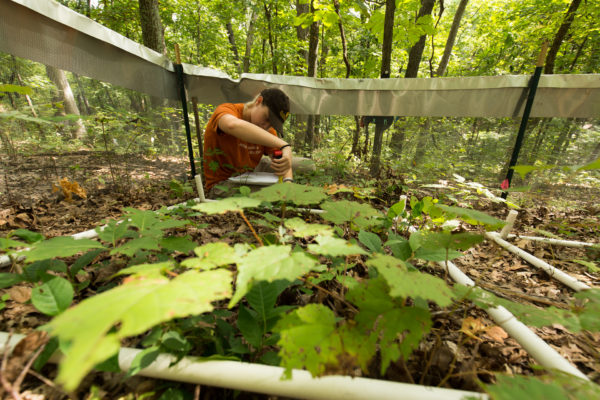
Seedling Census, Tyson Research Center SPFD Experiment, Missouri Ozarks
(Photo: J. Myers)
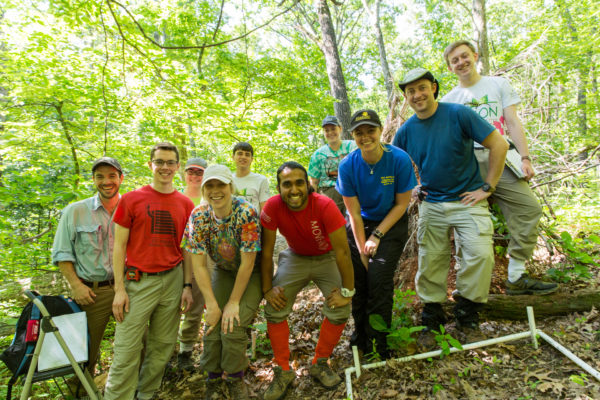
2018 Seedling Census Team w/ Tyson Seminar Speaker (Brian Sedio), SPFD Experiment, Missouri Ozarks (Photo: J. Myers)
Acknowledgements
We thank Tyson Research Center, ForestGEO, the CTFS-ForestGEO Grants Program, and the National Science Foundation (DEB 1557094) for supporting our research.
